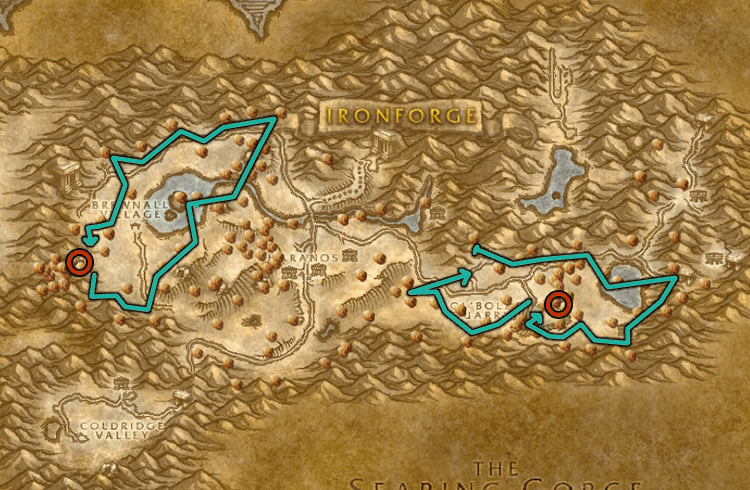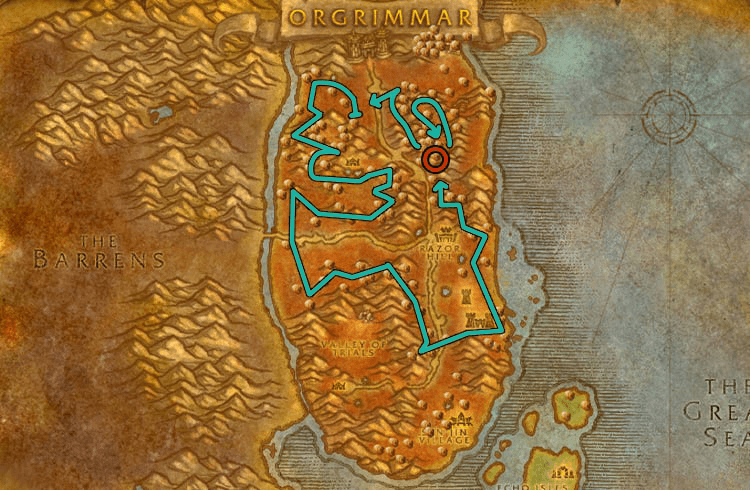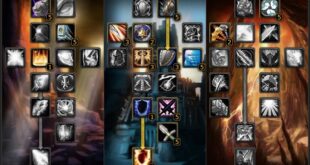Mining is one of the core gathering professions in WoW Classic, and it remains one of the most profitable choices for players looking to make gold, support crafting professions, or simply explore Azeroth while collecting valuable resources. In this WoW Classic Mining Guide, we’ll cover everything you need to know to master the profession: trainers, leveling tips, best farming routes, and common mistakes to avoid. Mining is often paired with professions like WoW Classic Engineering Guide and WoW Classic Blacksmithing Guide, making it even more valuable for both gold-making and crafting.
If you’re also focused on leveling efficiently while gathering, you might want to check out my WoW Classic Leveling Guide — it shows the fastest zones and routes for Alliance players.
WoW Classic Mining Trainers For Horde and Alliance
There are dozens of trainers all over Azeroth for Horde and Alliance , but here’s a handy list of the most commonly used WoW Classic Mining Trainers. This list highlights key NPCs for Alliance and Horde Players, making it easier to plan your mining routes and level up efficiently.
-
Mining Trainer Stormwind
-
Mining Trainer Ironforge
-
Mining Trainer Darnassus
-
Mining Trainer Orgrimmar
-
Mining Trainer Thunder Bluff
-
Mining Trainer Undercity
Gelman Stonehand is the Mining Trainer in Stormwind for Alliance players. He is located in the Dwarven District, perfect for learning new Mining skills and leveling efficiently.
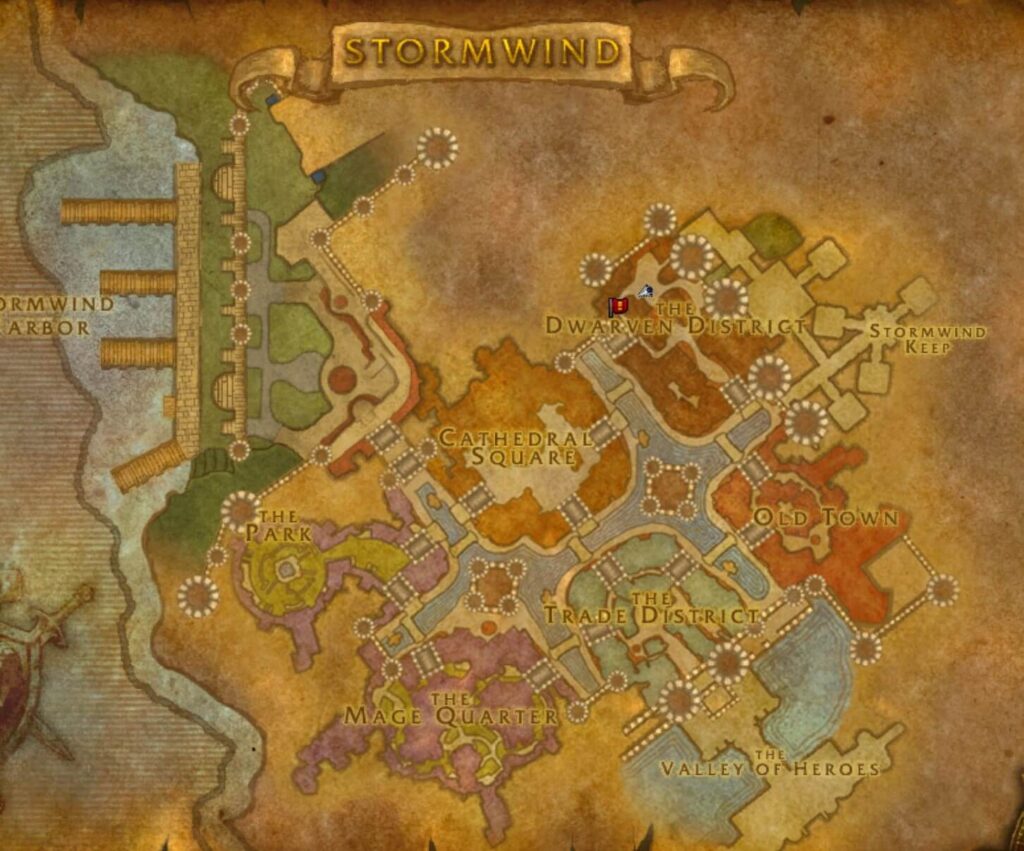
Geofram Bouldertoe is the Mining Trainer in Ironforge for Alliance players. He can be found in The Great Forge, making it easier to advance your Mining skill while exploring the city.
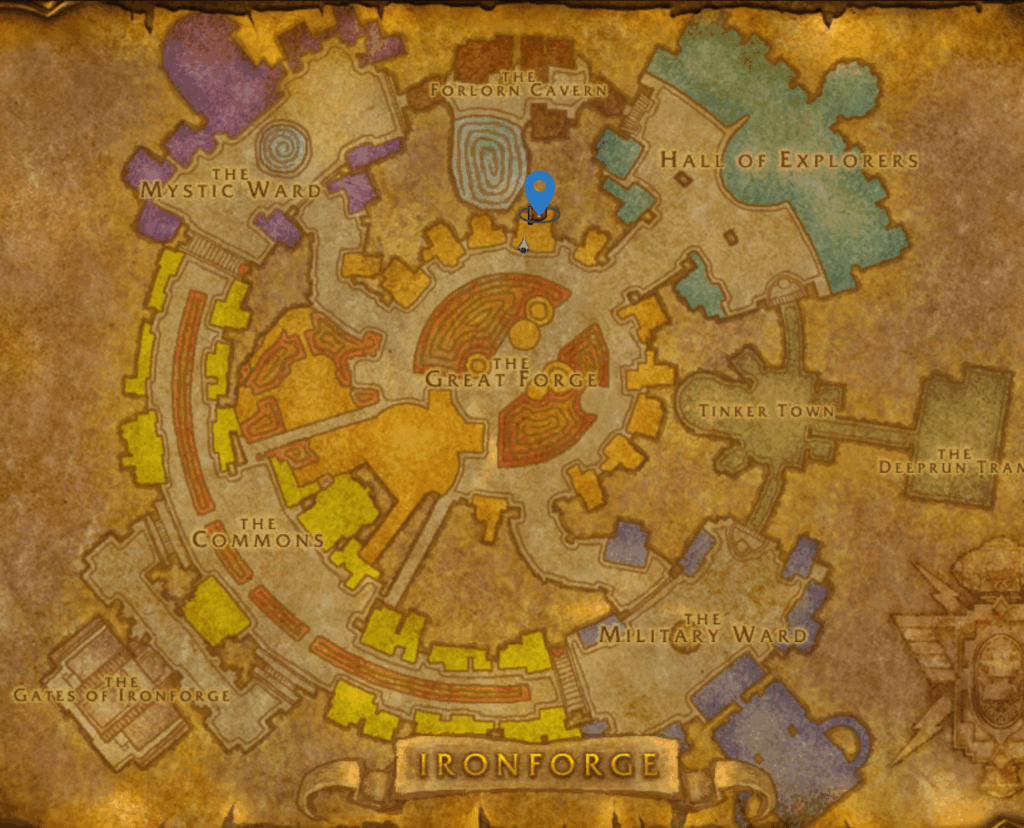
There is no official Mining Trainer in Darnassus for Alliance players. The closest trainer is Kurdram Stonehammer in Darkshore, located in Auberdine. Alliance players based in Darnassus should visit him to level Mining efficiently while exploring Kalimdor.
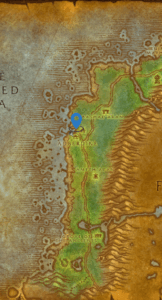
Makaru is the Mining Trainer in Orgrimmar for Horde players. Located in the Valley of Honor, he is ideal for learning Mining skills quickly.
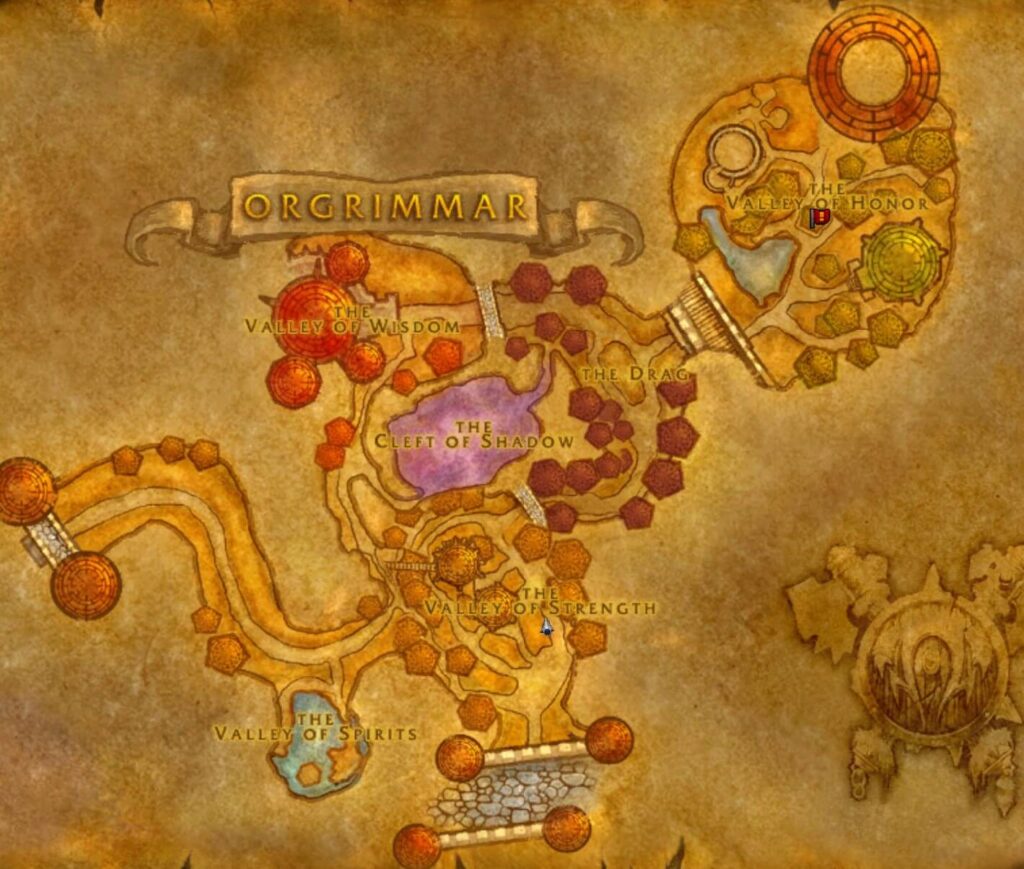
Brek Stonehoof serves as the Mining Trainer in Thunder Bluff, helping Horde players level Mining efficiently. He can be found in Lower Rise.
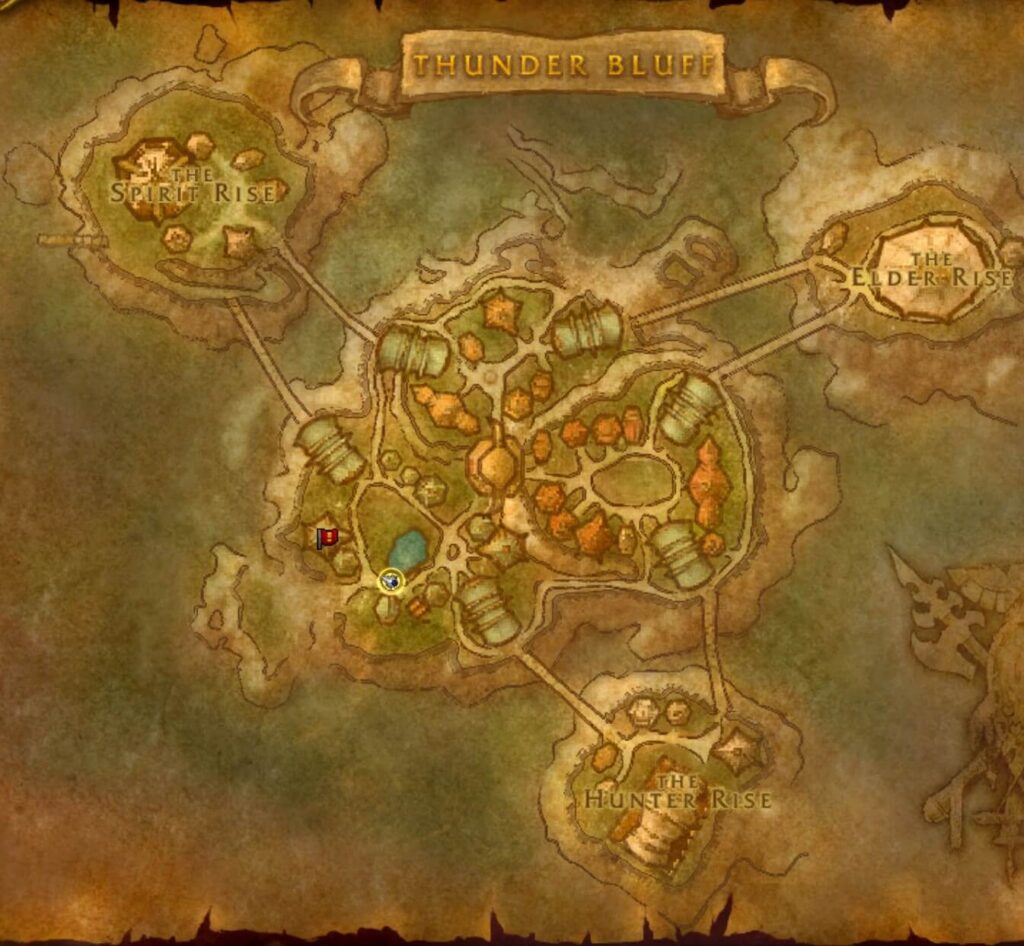
Brom Killian is the Mining Trainer in Undercity for Horde players. Located in the War Quarter, he helps Horde players efficiently level their Mining skill while exploring Eastern Kingdoms.
WoW Classic Mining Routes
Leveling Mining efficiently in WoW Classic requires following the best farming paths for each type of ore.
Below you’ll find detailed mining routes for Copper, Tin, Iron, Mithril, and Thorium, which will take you from skill 1 all the way to 300.
Each section includes the best zones and recommended farming circuits.
This Mining Guide will help you to do Mining while Leveling Up, so you can efficiently increase your Mining skill at the same time as your character’s level.
Complete Mining Guide Route 1–300 (Video)
This video provides a full step-by-step overview of WoW Classic Mining Routes,
showing how to farm each ore type and level up Mining efficiently.
Mining Route 1–65 (Copper Ore)
From skill 1 to 65, mine Copper Ore.
Alliance players should farm in Elwynn Forest, Dun Morogh, or Darkshore.
Horde players can use Durotar, Mulgore,Tirisfal Glades or The Barrens.
The best strategy is to follow the outer edges of each zone for dense Copper spawns.
- Dun Morogh Mining Route
- Durotar Mining Route
- Mulgore Mining Route
- Tirisfal Glades Mining Route
- Elwynn Forest Mining Route
- Darkshore Mining Route


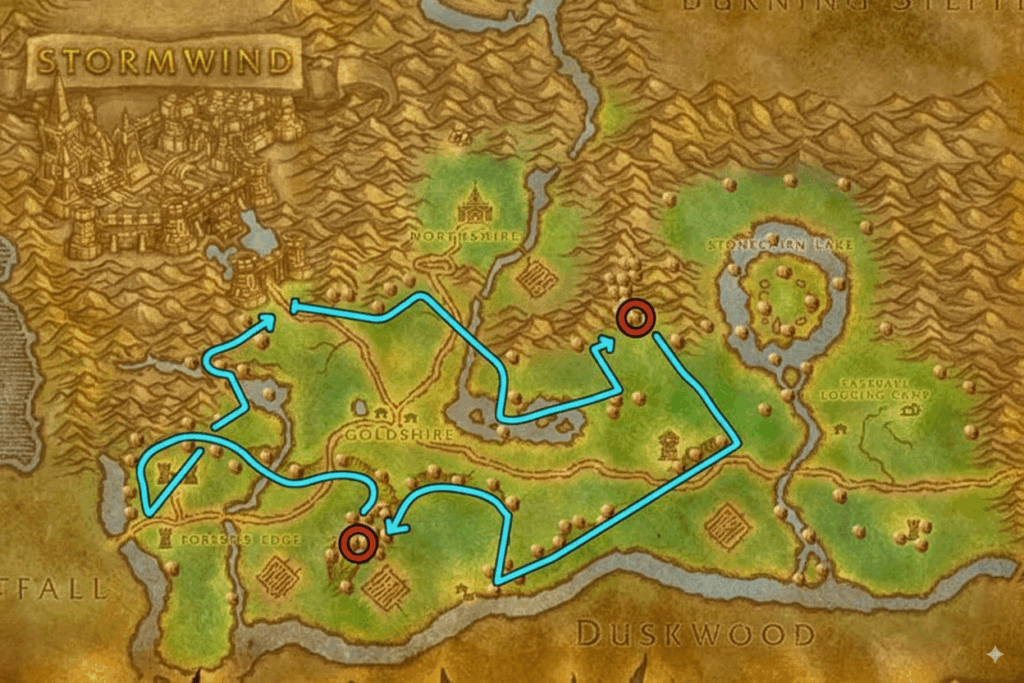
Mining Route 65–125 (Tin & Silver Ore)
Between 65 and 125, focus on Tin Ore and Silver Ore.
Recommended zones include The Barrens, Hillsbrad Foothills, and Redridge Mountains.
Stick close to mountain ridges and caves for maximum efficiency.
- Redridge Mountains Mining Route
- Hillsbrad Foothills Mining Route
- The Barrens Mining Route
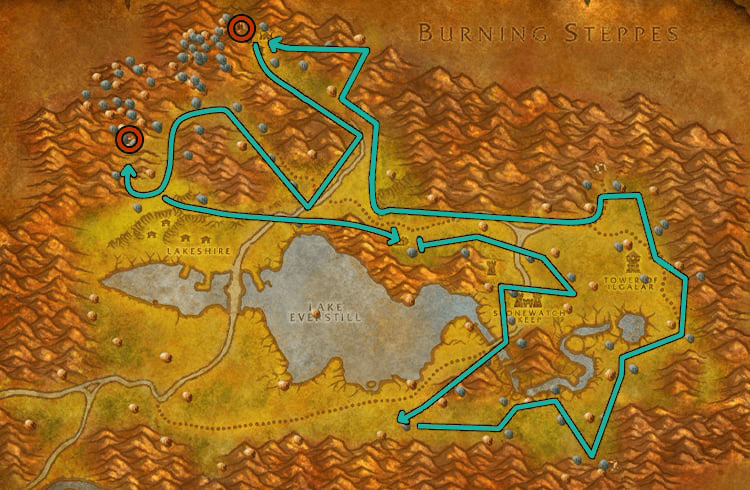
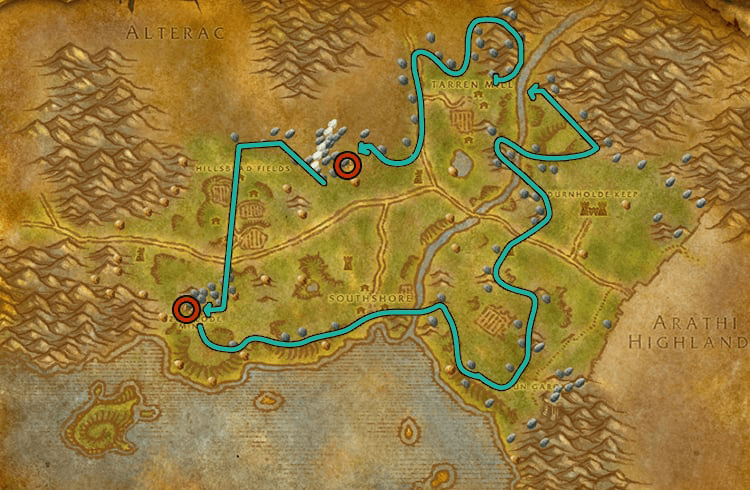
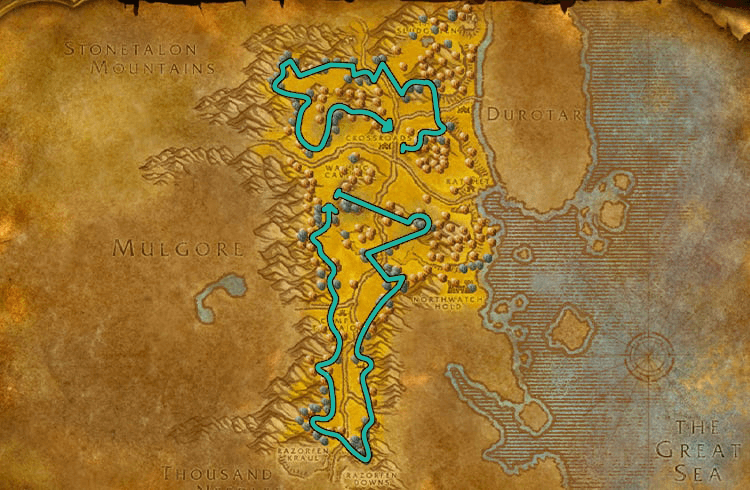
Mining Route 125–175 (Iron & Gold Ore)
From 125 to 175, mine Iron Ore and Gold Ore.
Good zones are Arathi Highlands and Thousand Needles.
Run full loops around the hillsides to maximize ore spawns.
- Thousand Needles Mining Route
- Arathi Highlands Mining Route
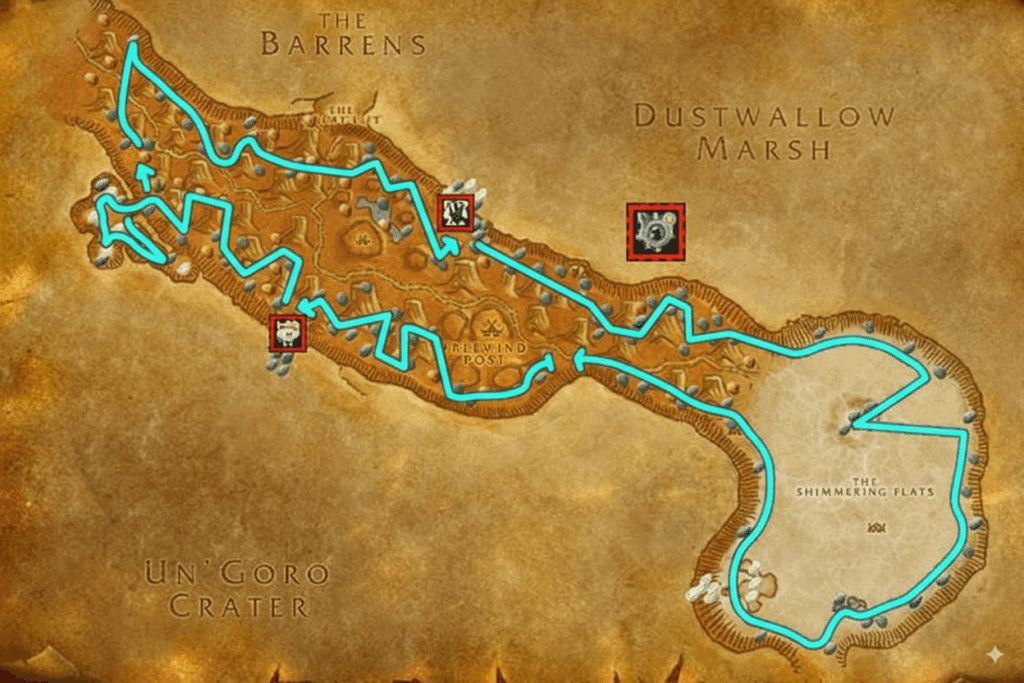
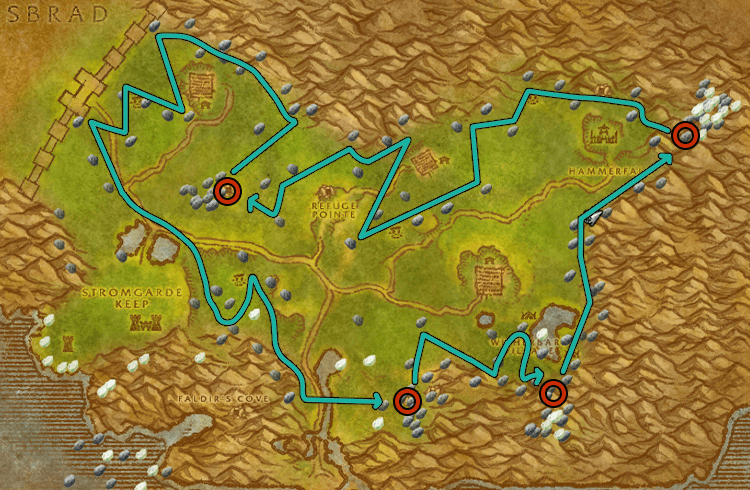
Mining Route 175–245 (Mithril & Truesilver Ore)
Between 175 and 245, target Mithril Ore and Truesilver Ore.
Some of the best spots include Tanaris and The Hinterlands.
Cliffs and ridges are especially rich in Mithril veins.
- Tanaris Mining Route
- The Hinterlands Mining Route
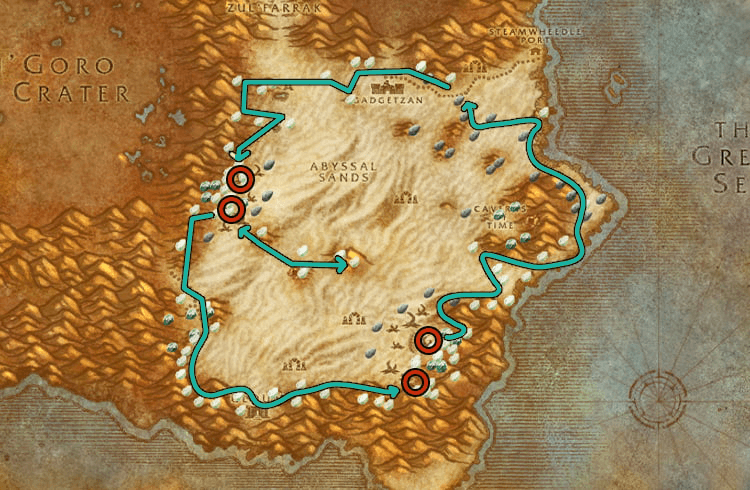
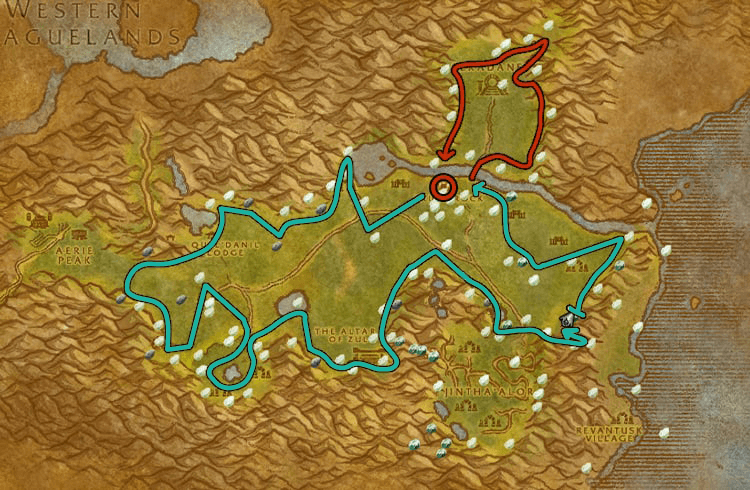
Mining Route 245–300 (Thorium Ore)
For the final stretch, mine Thorium Ore.
Top zones are Burning Steppes, Un’Goro Crater, Felwood, and Eastern Plaguelands.
Rich Thorium Veins are especially valuable and often drop rare gems, so always prioritize them.
- Eastern Plaguelands Mining Routes
- Burning Steppes Mining Route
- Un’Goro Crater Mining Route
- Felwood Mining Route
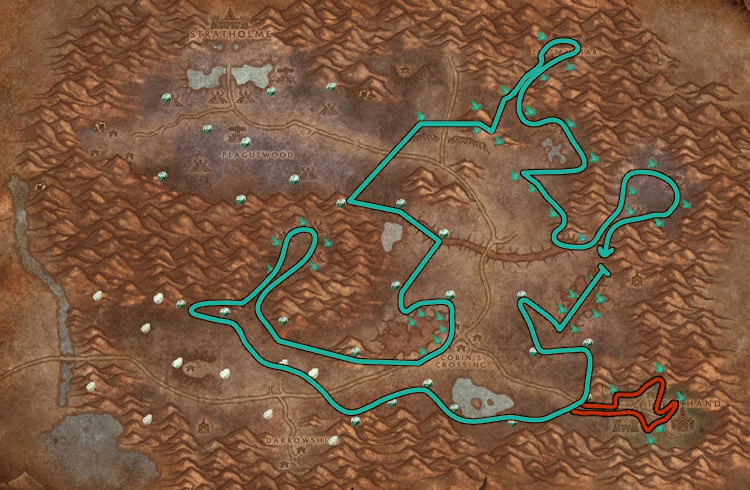
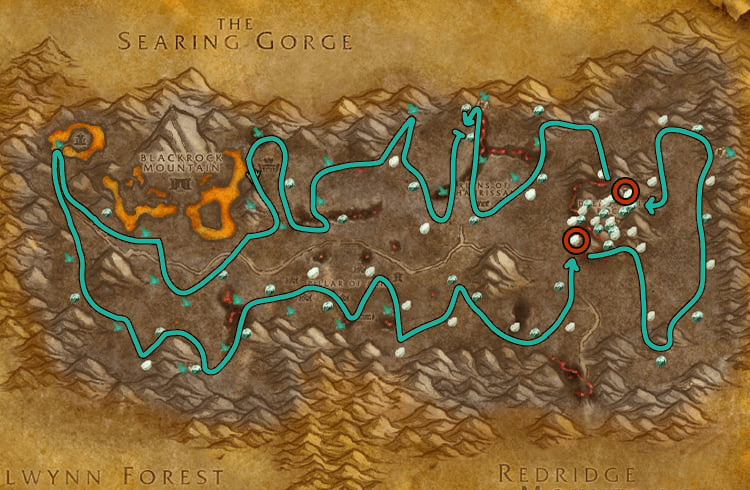
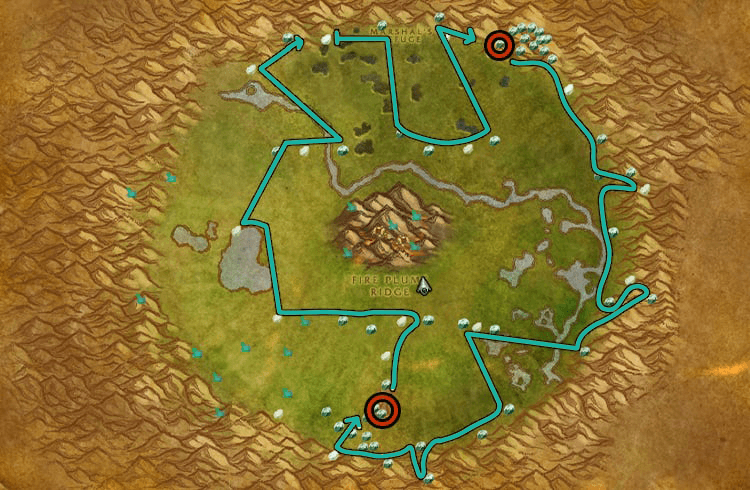
Mining Addons for WoW Classic
If you want to mine more efficiently, addons can make a huge difference. Tools like GatherMate2 record and display mining node locations on your map, so you always know where ores are likely to spawn. Another powerful addon is Routes, which lets you create optimized farming paths. By combining these two, you’ll spend less time wandering around and more time collecting ores. Addons are not required, but they can help maximize your farming speed and gold income.
Gold Making with Mining in WoW Classic
Mining is one of the most profitable gathering professions in WoW Classic. Besides leveling, you naturally collect ores that are always in demand—whether raw or smelted—by crafters like Blacksmiths and Engineers. By combining smart farming with these strategies, you can consistently make solid gold.
1. Use Smelting & Find Minerals
Always bring a Mining Pick and keep the Find Minerals ability on your action bar. This addon-like feature highlights nearby veins on your minimap, saving time and preventing missed spawns. Additionally, smelting ores into bars not only trains your profession but also adds value—bars often sell for more than raw ore.
2. High-Demand Ores & Bars
- Copper & Tin Ore: Consistently selling during early leveling phases.
- Iron & Mithril Bars: Reliable mid-game crafting materials.
- Thorium Bars & Arcane Crystals: High-profit items used by endgame crafters with strong demand.
3. Leverage IQ (Intelligence Quotient)
Plan your routes ahead and stay updated on Auction House prices. Markets fluctuate, and the most profitable method today may change tomorrow. Smart miners adapt—focusing on ores and bars that provide the best return based on current demand.
4. Mining with Engineering and Blacksmithing
Pairing mining with a crafting profession can increase your gold-making potential. Blacksmithing and Engineering both require massive amounts of ores and bars. Instead of buying them, you can farm your own and sell any extra for gold.
5. Mining with Skinning and Herbalism
Combining Mining with Skinning and Herbalism allows you to gather multiple types of resources simultaneously, saving travel time and increasing overall gold-making potential in WoW Classic. While mining ores, you can also collect herbs from the same zones or skin beasts you kill for additional materials. This approach is particularly effective in zones where all three resources are abundant, such as The Barrens, Desolace, and Stranglethorn Vale.
Benefits of this combination include:
- Maximized efficiency: Gather multiple resource types without extra travel.
- Increased profits: More materials to sell on the Auction House or use for crafting.
- Flexibility: You can adapt your farming route depending on current market demand for ores, herbs, or skins.
Tips for effective dual or triple gathering:
- Keep Mining Pick, Skinning Knife, and Find Herbs abilities ready on your action bar.
- Plan routes that pass through high-density areas for all three resources.
- Check Auction House prices regularly to prioritize collecting the most profitable materials.
You can read our WoW Classic Herbalism Guide and WoW Classic Skining Guide for detailed leveling routes, trainer locations, and gold farming strategies!
Frequently Asked Questions (FAQ)
Q: What is the fastest way to level Mining in WoW Classic?
Follow the 1–300 mining progression using zones with dense ore spawns and minimal competition, starting with Copper and finishing with Thorium.
Q: Where can I find Mining Trainers in WoW Classic for Horde and Alliance?
Alliance trainers are in Stormwind and Ironforge, while Horde trainers are in Orgrimmar and Thunder Bluff. Booty Bay’s Gryshka serves both factions.
Q: Which Mining Routes are best for making gold?
Thorium routes in Winterspring and Eastern Plaguelands are the most profitable, followed by Mithril and Truesilver in mid-game zones.
Q: Which professions pair best with Mining?
Blacksmithing and Engineering are ideal, but Mining can also complement Herbalism and Skinning for triple-resource gathering. check our our Herbalism Guide for more details.
Q: Do I need addons for efficient mining?
No, but GatherMate2 and Routes drastically improve efficiency by showing vein locations and creating optimized farming paths.
Q: How do I maximize gold while mining?
Smelt ores into bars, monitor Auction House prices, and plan your routes to collect high-demand materials like Thorium Bars and Arcane Crystals.
Conclusion
WoW Classic is both profitable and essential for players who want to maximize their gold-making and support crafting professions. By following this wow classic mining guide, using efficient WoW Classic Mining Routes, and visiting the right wow classic mining trainers, you’ll be able to level from 1–300 with ease. Whether you’re farming Copper in Elwynn Forest or chasing Thorium in Winterspring, mastering mining will make your Classic WoW journey far more rewarding.
Happy Mining! ⚒️
 World of Warcraft Guides, Lore, Addons & News – Noob to Boss From Azeroth's Newbie to Champion – World of Warcraft Guides
World of Warcraft Guides, Lore, Addons & News – Noob to Boss From Azeroth's Newbie to Champion – World of Warcraft Guides

